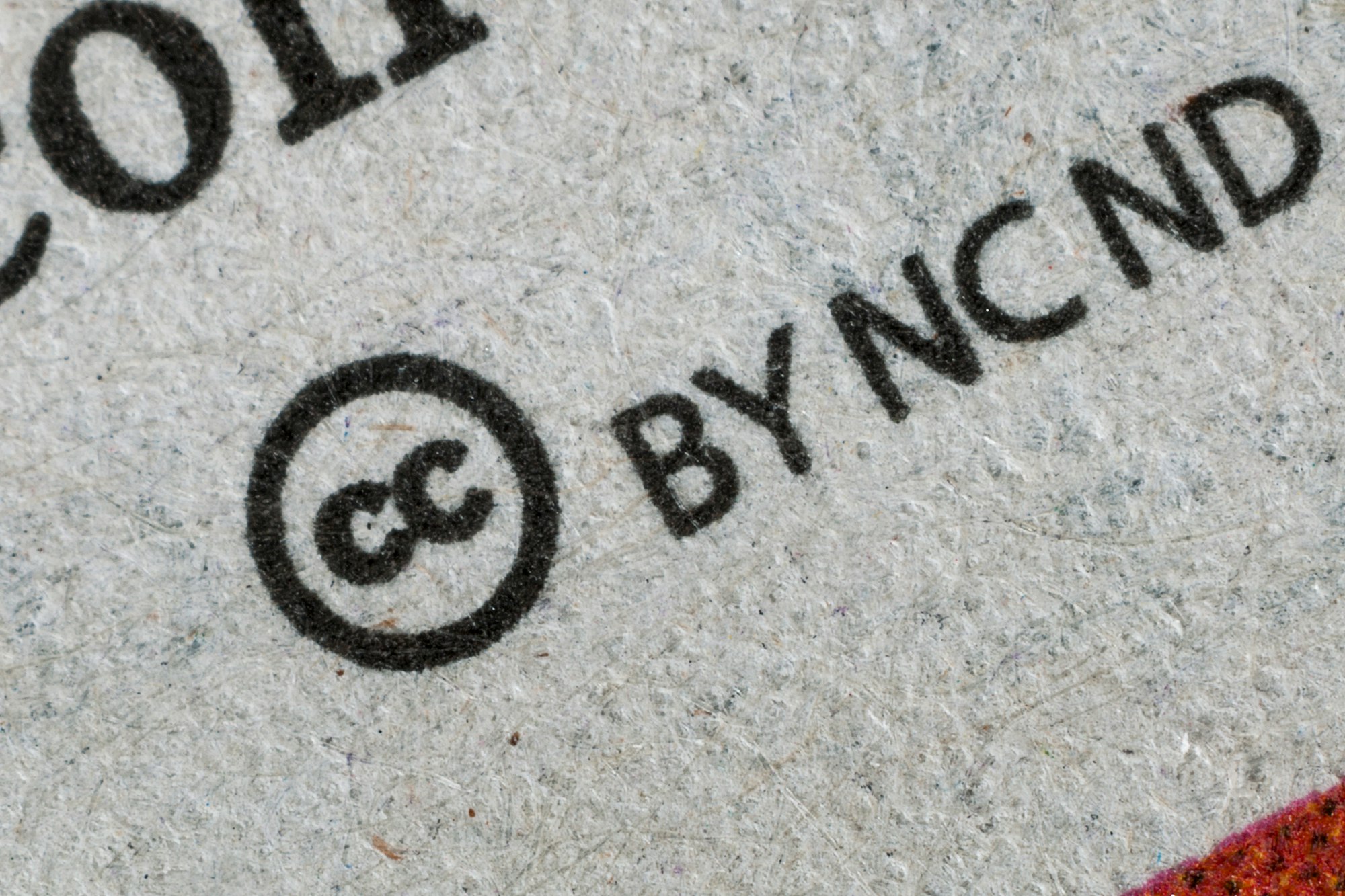Copyright Basics: What You Need To Know
Intellectual property (IP) law is admittedly quite complicated and nuanced; after all, there is a whole discipline in law dedicated to it. However, it is essential for anyone intending to use or repurpose the work of others to be at least mildly familiar with the highlights.

Every time I hear of someone simply ripping an image of Google or having a fundamentally flawed understanding of copyright it knocks the breath out of me. In this digital age where high-quality, freely licensed content is abundantly found on websites such as Unsplash, Pexels, or Pixabay, there’s no excuse for committing intellectual property (IP) theft.
Neither this post nor anything on this site is legal advice. If you have questions about copyright I suggest visiting some of the sources I have listed at the end of this post and/or consulting a lawyer.
Intellectual property (IP) law is admittedly quite complicated and nuanced; after all, there is a whole discipline in law dedicated to it. However, it is essential for anyone intending to use or repurpose the work of others to be at least mildly familiar with the highlights. In this post, we’re going to explore three high-level ideas: “What is copyright?” “What is fair use?” and “How does copyright protect me?”
What is copyright?
According to the U.S. Copyright Office, “Copyright is a type of intellectual property that protects original works of authorship as soon as an author fixes the work in a tangible form of expression.” That means that any original work you create is copyrighted as soon as you make it. In fact, this post is copyrighted. But there’s an important difference between copyright and registered copyright.
Upon creating your work, it is immediately copyrighted, which means others can’t use it without your permission. However, in the United States, to file a lawsuit for copyright infringement, your work must be registered with the U.S. copyright office. There is a small fee for registering your work, but it’s essential if you need to protect it in court.
What is fair use?
Fair use is where copyright gets complicated. Under certain circumstances, you may use copyrighted works without a license to do so. A few cases where fair use may be applicable are criticism, comment, news reporting, teaching, scholarship, and research.
When determining if something falls under fair use, you should consider the purpose. Is the material being used in a commercial nature or for a nonprofit educational purpose? Are you using the entire work or only a portion? Does your use devalue the market for the work? All are important factors when considering fair use. Just because it's being used by a nonprofit doesn't mean it falls under fair use either.
Should you rely on fair use to get around obtaining a license for content you use? Probably not. While some cases fall under fair use, you should always strive to use the content for which you can obtain a license (or written permission) because the laws surrounding fair use are quite turbulent and unpredictable.
How does copyright protect me?
You can copyright photos, books, music, artwork, computer programs, website designs, animations, recordings, and more. It doesn’t matter what type of artist or creative you are; your work can be copyrighted more than likely. Copyright provides the owner a few fundamental rights: Reproduction of the work (copies), Derivative works (modifications of your work), and Display of the work publicly.
When working with clients, it is your responsibility to outline the distribution of intellectual property (IP) in your contract. If you work for an employer you should carefully review the policies they have about the IP of work created for them or while working for them. Many great inventions have been taken from the inventor because of their lack of understanding about copyright and IP laws. Do you have the right to use the deliverables in your portfolio? Can you enter it for awards? Must you turn over all source files? Are there limits on how the deliverables can be used?
All of those questions are essential things that must be outlined in your contract. Copyright can be tricky, but if you don’t take the time to learn the basics, you can quickly lose all rights to your work in ways that you weren’t expecting.
Your images being found on Google does not allow just anyone to use them. Google Images is not a repository of public domain or free-to-use pictures like Unsplash or the other resources mentioned above. Google is merely a search engine that crawls and indexes content to help users locate webpages and content. Instead, to use an image you find on Google, you should identify the page on which the image is found and contact the IP owner to attempt to gain permission or a license to use the content. As a photographer or graphic designer, people using your work without permission can be worrisome. However, with the protection of registered copyright, you can protect your rights and property.
Sources:
Office, U.S. Copyright. “U.S. Copyright Office Fair Use Index.” U.S. Copyright Office Fair Use Index, U.S. Copyright Office, https://www.copyright.gov/fair-use/index.html.
Office, U.S. Copyright. “What Is Copyright?” What Is Copyright? | U.S. Copyright Office, U.S. Copyright Office, https://www.copyright.gov/what-is-copyright/.
